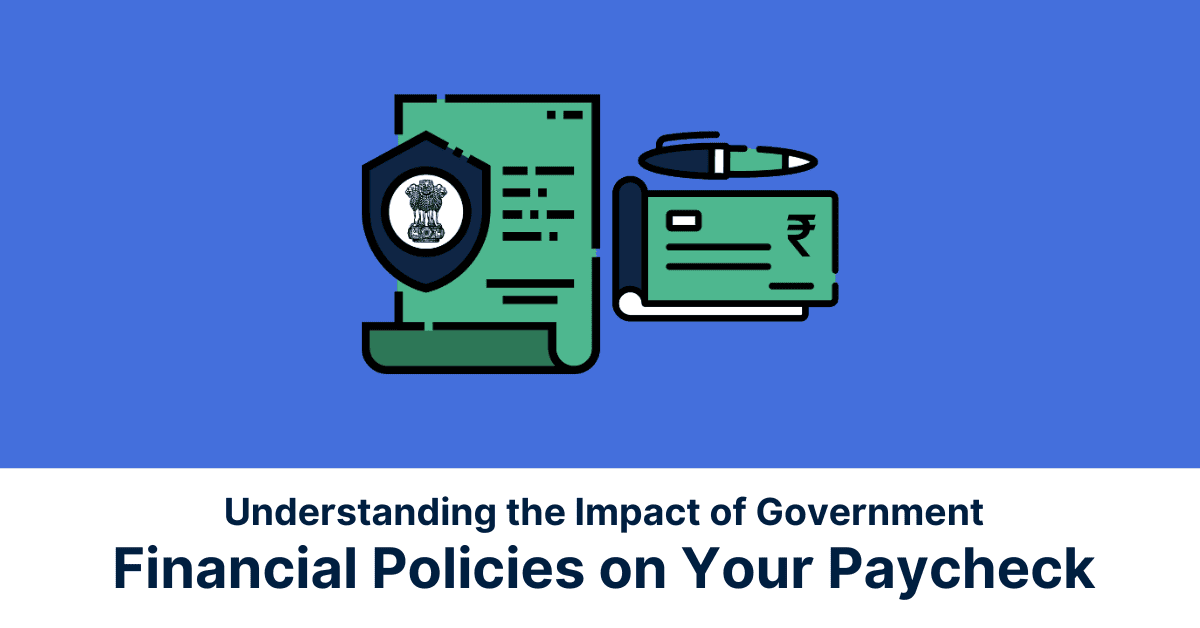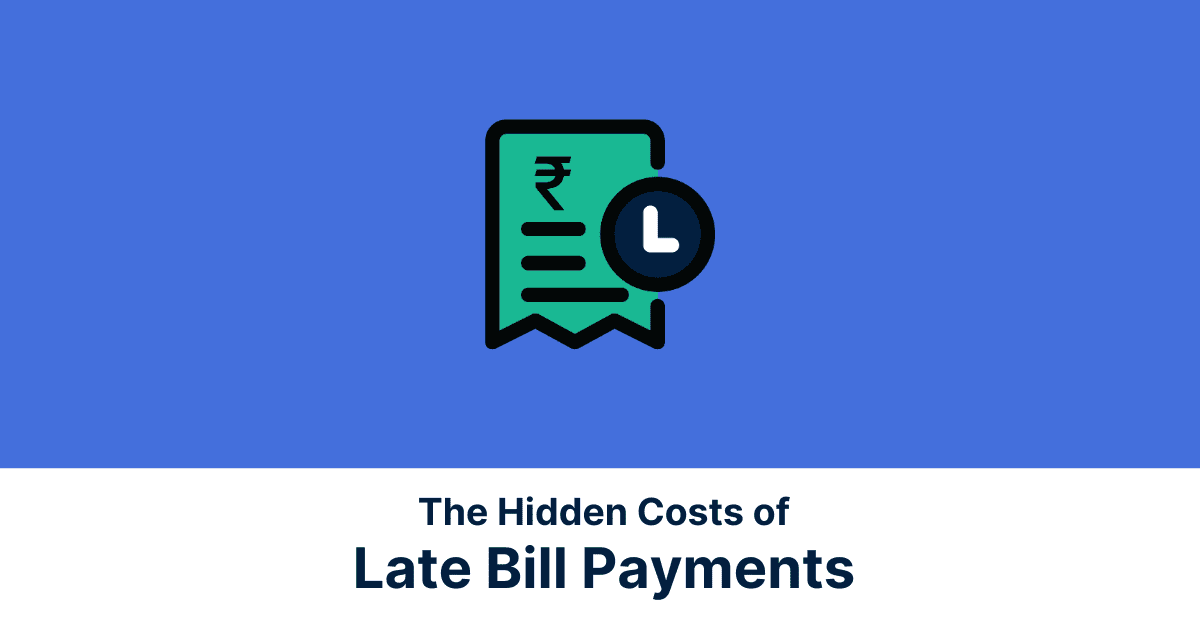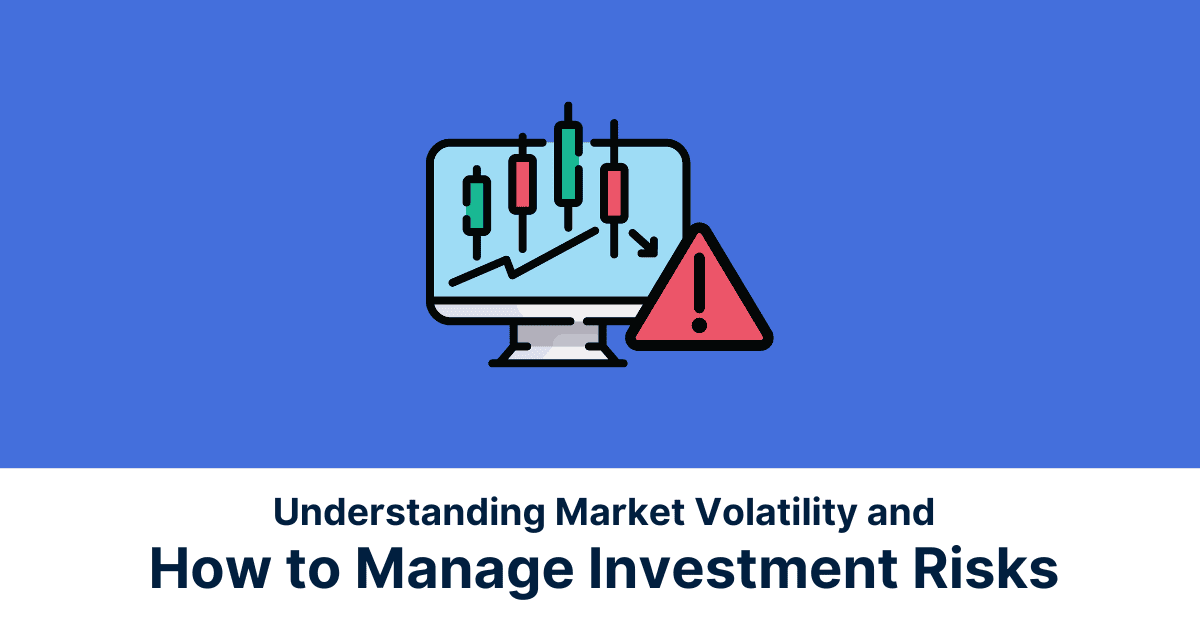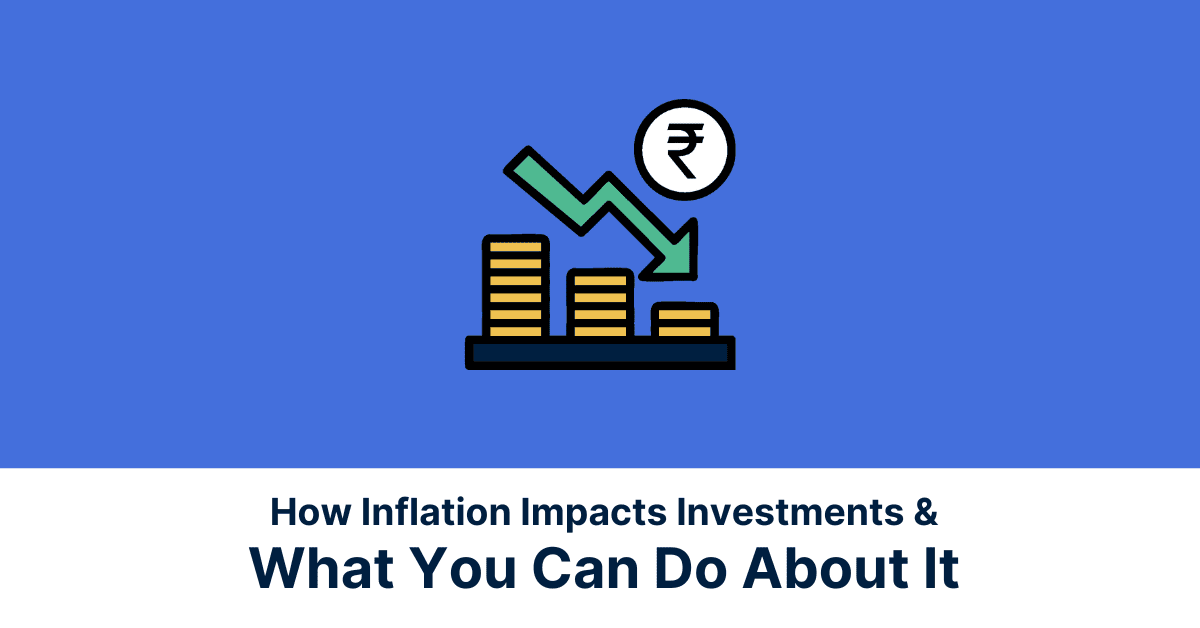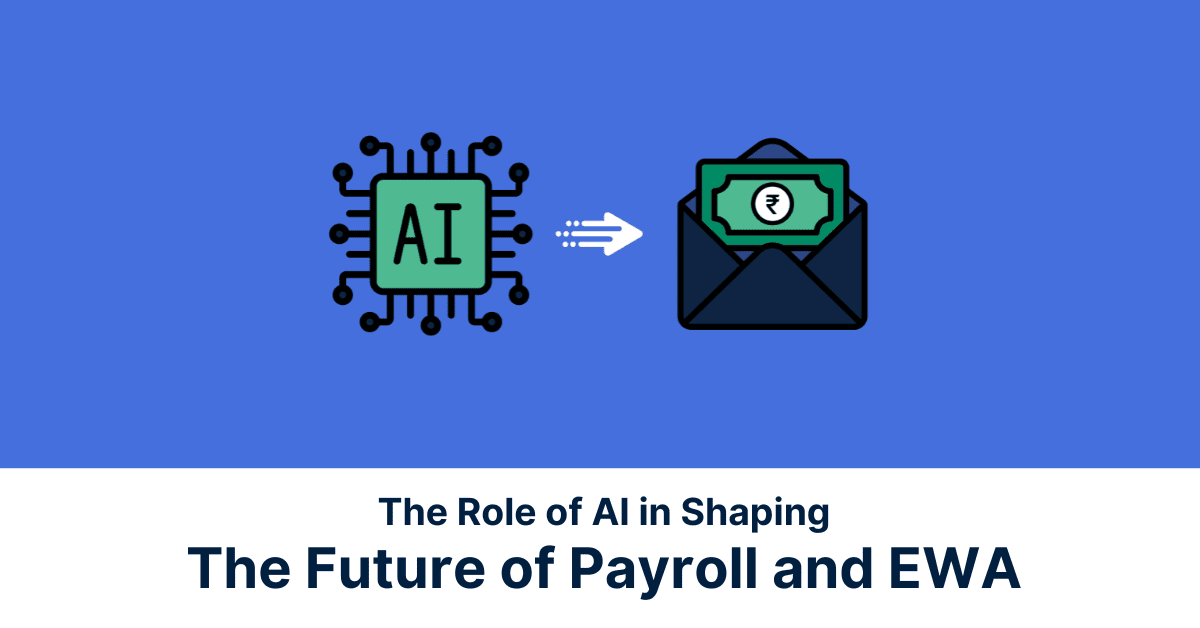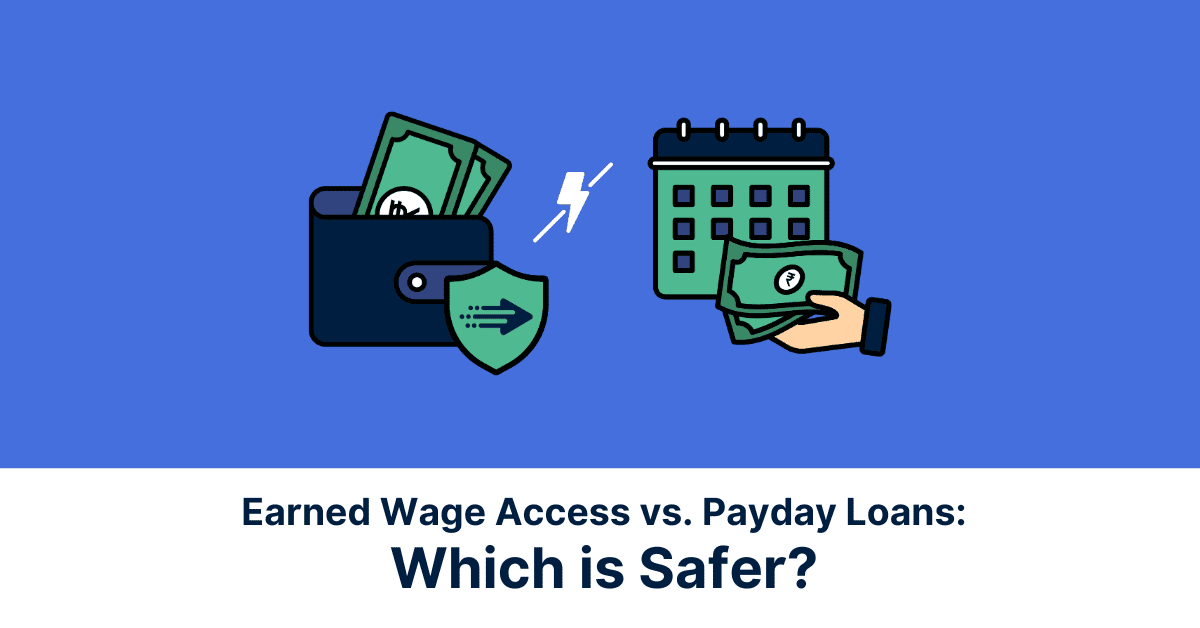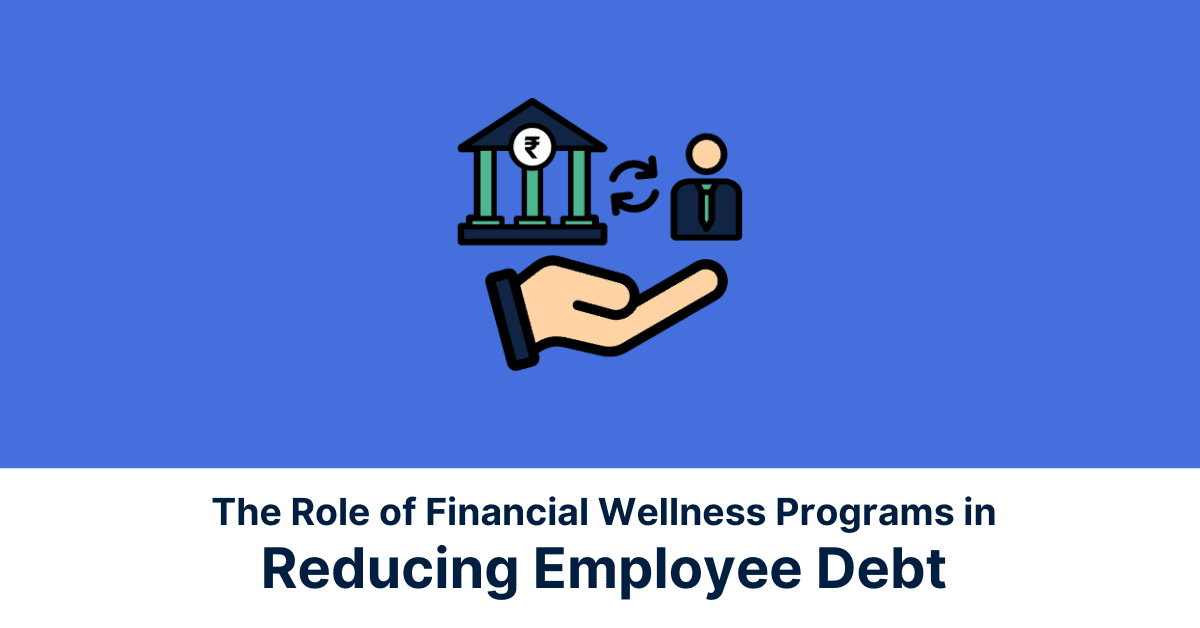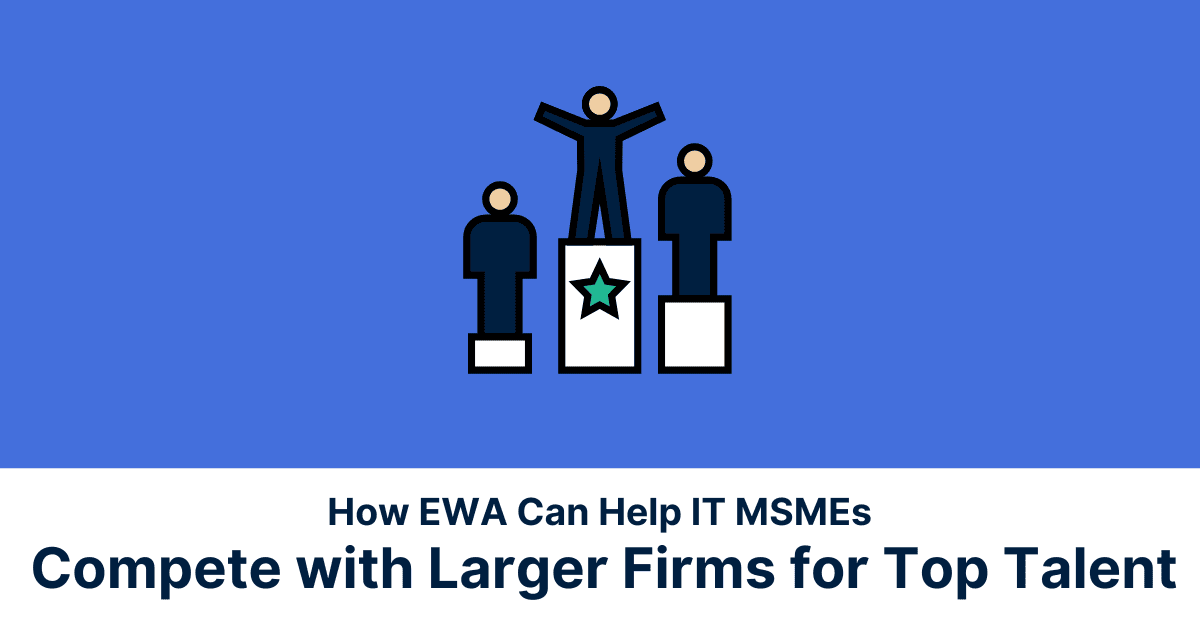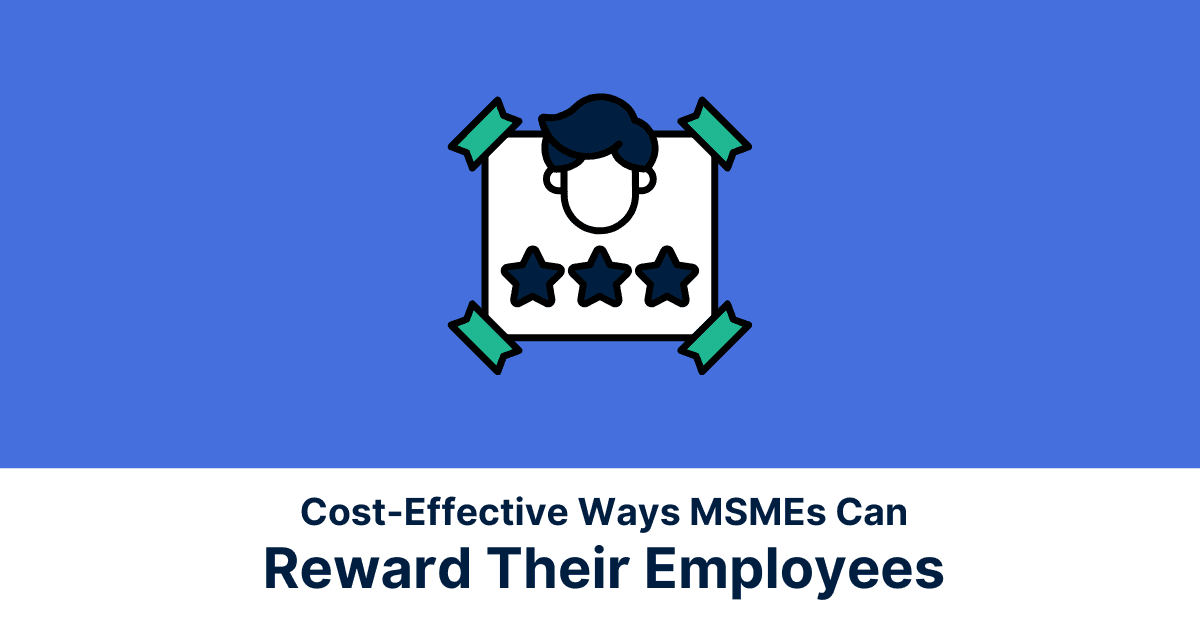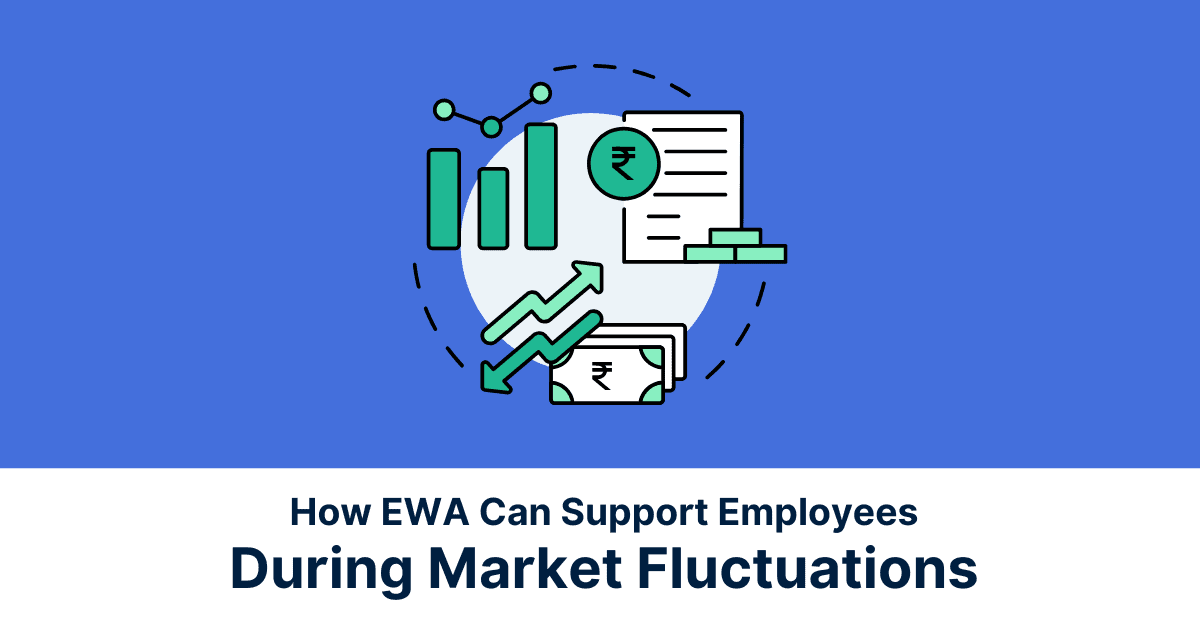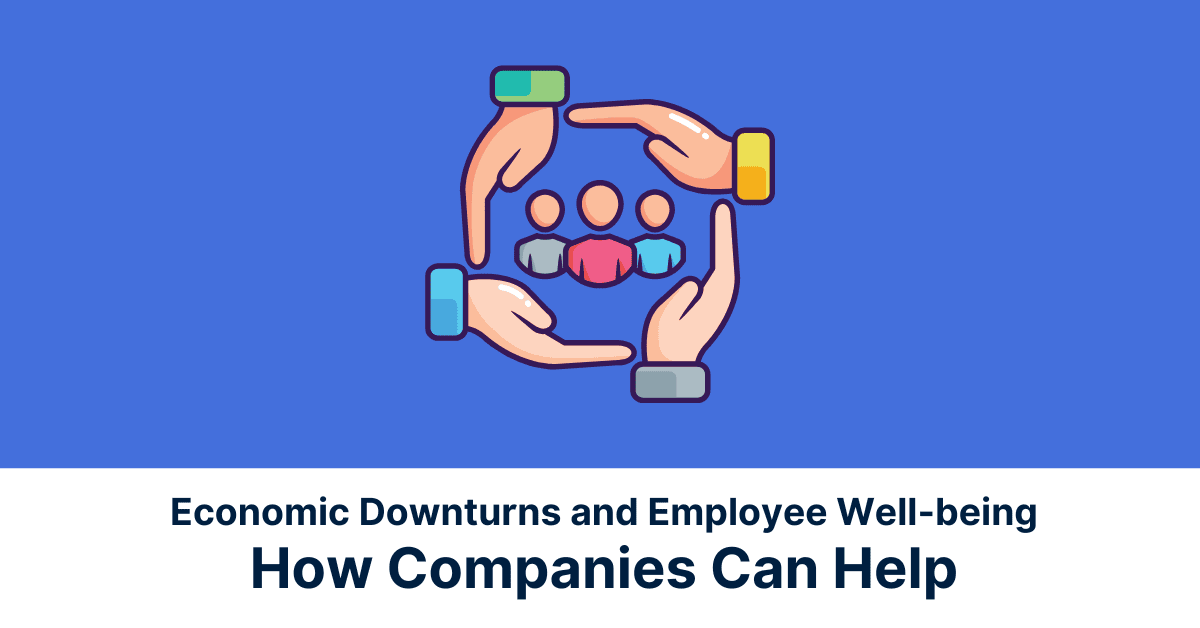The paycheck you receive every month is not just a reflection of your hard work; it is also shaped by government financial policies. These policies influence critical aspects of your salary, such as tax deductions, allowances, and minimum wage regulations. For Indian employees, understanding these policies is essential, as they directly impact take-home pay, savings, and overall financial planning.
Government measures, including changes to income tax slabs, revisions in the minimum wage, and updates to allowances like HRA and LTA, aim to balance economic growth and employee welfare. However, these adjustments often affect salary structures in nuanced ways that many employees may overlook. By staying informed, employees can make better financial decisions, optimise tax savings, and plan effectively for their future.
Income Tax Slabs and Their Impact on Salary
Income tax slabs in India determine the percentage of tax deducted from an employee’s salary based on their annual income. The system follows a progressive taxation model, where higher income levels attract higher tax rates to ensure fairness in tax distribution.
The table below presents the tax slabs and rates for the New Tax Regime, as outlined in the Union Budget of July 23, 2024
| Total Income | Tax rate |
| Up to Rs 3 Lakhs | NIL |
| From 3,00,001 to 7,00,000 | 5% |
| From 7,00,001 to 10,00,000 | 10% |
| From 10,00,001 to 12,00,000 | 15% |
| From 12,00,001 to 15,00,000 | 20% |
| Above 15,00,000 | 30% |
Progressive taxation ensures fairness but also reduces net income as salaries increase. By understanding these slabs, employees can make informed decisions about investments, allowances, and deductions to optimise take-home pay and better plan their finances.
Standard Deduction
The standard deduction is a flat amount deducted from an employee’s taxable income, reducing the overall tax liability and leading to a slight increase in take-home pay. Introduced to simplify the taxation process, it replaces certain earlier exemptions like medical and transport allowances.
The Indian government offers a significant tax relief to salaried individuals and pensioners through the Standard Deduction. This provision allows taxpayers to directly reduce their taxable income by ₹50,000 annually. This deduction simplifies the tax filing process by eliminating the need to submit supporting documents for various expenses.
Primarily aimed at middle-class individuals, the Standard Deduction effectively lowers their tax burden, providing much-needed financial relief. By reducing taxable income, it translates to lower tax payments, leaving more money in the hands of taxpayers. This benefit extends to pensioners as well, ensuring they also enjoy similar tax advantages.
Section 80C Deductions
Section 80C is one of the most popular provisions under Chapter VI-A of the Income Tax Act, designed to encourage taxpayers to save and invest while reducing their tax liability. It allows individuals and Hindu Undivided Families (HUFs) to claim deductions on specific investments and eligible expenses. The maximum deduction under Section 80C is ₹1,50,000 per financial year, directly reducing taxable income.
Some common investments and expenses eligible under Section 80C include:
- Employee Provident Fund (EPF): Contributions made by employees.
- Public Provident Fund (PPF): Long-term savings with tax-free interest.
- National Savings Certificate (NSC): A fixed-income investment.
- Equity-Linked Savings Schemes (ELSS): Mutual funds with tax-saving benefits.
- Life Insurance Premiums: For policies in the taxpayer’s name or their family.
- Principal Repayment of Home Loan: Reducing home loan liability.
- Children’s Tuition Fees: Paid to educational institutions.
Other eligible options include Sukanya Samriddhi Yojana, tax-saving fixed deposits, and senior citizen savings schemes.
Section 80C benefits are exclusive to individuals and HUFs, while entities such as companies, LLPs, and partnership firms cannot claim these deductions.
Provident Fund (PF) Contributions
The Employees’ Provident Fund (EPF) is a crucial retirement savings scheme in India. It’s a joint contribution program where both employees and employers contribute a portion of the employee’s salary to a dedicated account. This regular contribution, typically 12% of the basic salary, accumulates over time, earning interest and building a substantial retirement corpus.
The EPF scheme is designed to provide financial security for employees after they retire. However, its benefits extend beyond retirement. In times of need, such as medical emergencies, buying a house, or financing education, employees can withdraw a portion of their EPF funds under specific conditions.
Eligibility for EPF varies based on income and the size of the employing organisation. While mandatory for employees earning up to ₹15,000, higher earners can also opt in. Organisations with 20 or more employees are required to register for EPF, while smaller organisations have the option to join voluntarily.
The EPF, managed by the Employees’ Provident Fund Organisation (EPFO), plays a vital role in ensuring the financial well-being of Indian employees. By encouraging regular savings and providing access to funds in times of need, the EPF scheme contributes significantly to improving the financial security and quality of life for a large segment of the Indian workforce.
Employee State Insurance (ESI)
Employee State Insurance (ESI) is a social security scheme in India that provides a safety net for employees and their families. It’s a mandatory contribution made by both employers and eligible employees, typically those earning up to Rs. 21,000 per month. The scheme offers a range of benefits, including medical care, maternity benefits, disability coverage, and funeral expenses.
ESI contributions are deducted from an employee’s salary, with the employer contributing a larger portion. These contributions fund a system that provides access to quality healthcare and financial support during times of need, such as illness, injury, or unemployment. While ESI may slightly reduce an employee’s take-home pay, it offers valuable social security and peace of mind, knowing that they and their families are protected against unforeseen medical and financial hardships.
It’s important for employees to understand the ESI scheme, its benefits, and their eligibility to maximise the advantages it offers. By contributing to the ESI fund, employees invest in their own and their families’ long-term well-being and financial security.
Professional Tax
Professional Tax (PT) is a state-level tax imposed by various state governments in India on individuals earning income from employment, business, or self-employment. Contrary to its name, PT applies not only to professionals like doctors, lawyers, and chartered accountants but also to salaried employees, freelancers, and business owners.
The amount of PT payable varies across states, as it is governed by respective state legislations. Some states, such as Delhi and Haryana, do not impose PT, while others like Maharashtra, Karnataka, and Tamil Nadu have a structured tax slab based on income levels. The maximum annual limit for PT, as per the Constitution, is ₹2,500.
For salaried employees, employers deduct PT directly from their salaries and remit it to the state tax department. Businesses and self-employed individuals are responsible for registering for PT and making timely payments. The frequency of payments often depends on the number of employees in the organisation.
PT is a deductible expense under the Income Tax Act, which means taxpayers can claim it as a deduction, reducing their overall tax liability. Though PT might seem like a minor deduction, it contributes a great sum to state revenues, supporting welfare programs and infrastructure development. Understanding PT and ensuring compliance is essential for employees and businesses alike to avoid penalties and maintain financial discipline.
Gratuity
Gratuity is a statutory benefit offered to employees in India, serving as a token of appreciation for their long-term service. It’s a lump-sum payment typically made upon retirement, but can also be paid in certain other circumstances like resignation, death, or termination.
Eligibility and Calculation
To be eligible for gratuity, an employee generally needs to have completed at least five continuous years of service with the employer. However, there are exceptions:
- 5-Day Workweek: Gratuity becomes applicable after 4 years and 190 days of continuous service.
- 6-Day Workweek: Gratuity becomes applicable after 4 years and 240 days of continuous service.
The gratuity amount is calculated based on the following formula:
- Gratuity = (Last Drawn Basic Salary + Dearness Allowance) * 15/26 * Number of Years of Service
Tax Implications
Gratuity received is generally tax-exempt up to a limit of ₹20 lakh for private-sector employees. Any amount exceeding this limit is taxable. For government employees, gratuity is usually entirely tax-free.
Tax Deducted at Source (TDS)
Tax Deducted at Source (TDS) is a mechanism through which income tax is deducted by the employer before disbursing an employee’s salary. The TDS amount is based on the projected annual income and the applicable income tax slab, ensuring that tax payments are spread throughout the year. The employer calculates TDS based on the employee’s gross income, taking into account exemptions, deductions, and other applicable allowances.
The TDS is calculated as follows:
- The employee’s estimated annual income is determined.
- Applicable exemptions and deductions (such as those under Section 80C) are subtracted to calculate taxable income.
- The income tax payable is then calculated according to the tax slab, and TDS is deducted accordingly.
TDS is usually deducted in monthly instalments, which reduces an employee’s monthly take-home pay. However, employees can adjust their TDS liability by submitting investment declarations for tax-saving instruments such as PPF, life insurance premiums, and ELSS under Section 80C, among others. By declaring these investments, employees can lower their taxable income, resulting in reduced TDS deductions, thereby increasing their monthly net salary.
At the end of the financial year, if more tax has been deducted than required, the employee can claim a refund when filing their income tax return. Understanding the TDS process and making timely investment declarations can help employees optimise their take-home pay and reduce the risk of tax liabilities.
House Rent Allowance (HRA) and its Impact on Salary
House Rent Allowance (HRA) is a key component of an employee’s salary, provided to cover rental expenses. It offers tax benefits under Section 10(13A) of the Income Tax Act, helping employees reduce their taxable income. The tax exemption on HRA is calculated as the least of the following:
- Actual HRA received.
- 50% of salary (basic + dearness allowance) for employees in metro cities or 40% for non-metro cities.
- Rent paid minus 10% of salary (basic + dearness allowance).
For instance, if an employee earns a basic salary of ₹30,000 per month and pays ₹15,000 in rent, their HRA exemption will be calculated based on the above criteria. Employees must provide rent receipts or a rental agreement to claim this exemption, ensuring compliance with tax rules.
HRA allows employees to strategically structure their salary to optimise tax savings. Employees living in rented accommodations can reduce their taxable income by utilizing this provision. However, those not paying rent or living in their own houses cannot claim the exemption.
By understanding how HRA works and planning effectively, employees can minimise their tax liability while ensuring their salary structure supports their financial goals.
Leave Travel Allowance (LTA)
LTA is a tax-exempt allowance provided by employers to employees to cover travel expenses during approved leaves. It’s a crucial component of employee compensation and helps offset the costs of domestic travel within India.
Tax Exemption: LTA is exempt from income tax under Section 10(5) of the Income Tax Act, 1961, provided the expenses are incurred for travel within India.
Eligibility: The exemption applies to travel expenses of the employee, spouse, and dependent children.
Limitations:
Only two journeys are allowed to be tax-exempt within a four-year block.
The exemption only covers travel expenses, not other expenses like meals or shopping.
Eligible Travel Modes:
- Air Travel: The lowest airfare for the shortest route or the actual amount spent, whichever is less.
- Rail Travel: AC First Class fare for the shortest route or the actual amount spent, whichever is less.
- Other Modes: If rail travel is not available, other recognised public transport can be used.
Benefits:
- Reduced Tax Liability: LTA significantly reduces the tax burden on employees by exempting travel expenses.
- Incentivises Domestic Travel: It encourages employees to explore different parts of the country during their leaves.
To avail of the LTA exemption, employees must maintain proper documentation of travel expenses, such as tickets and receipts.
Impact of Bonus and Performance Incentives on Paycheck
Bonuses and performance incentives are additional components of an employee’s salary, often awarded based on individual or company performance. While they enhance the overall salary package, they are fully taxable as part of “Income from Salary” under the Income Tax Act.
Bonuses are typically disbursed annually or periodically, while performance incentives may be paid monthly or quarterly. These earnings are added to the employee’s gross income and taxed according to the applicable income tax slab. For instance, if an employee earning ₹7 lakh annually receives a ₹1 lakh bonus, their taxable income increases to ₹8 lakh, resulting in higher TDS deductions.
The timing of bonuses can also influence tax liability. If bonuses push an employee’s income into a higher tax slab, they may incur a greater tax burden. However, employees can offset this impact by investing in tax-saving instruments under sections like 80C, 80D, or 80G.
While bonuses and incentives reduce net take-home pay due to taxation, they provide motivation and reward for performance. Structuring these payouts effectively, such as deferring them across financial years, can help employees manage their tax liabilities better, maximising their financial benefits and minimising the impact on their paycheck.
Budgetary Announcements and Policy Changes Affecting Salaries
Government budget announcements and policy updates have a direct impact on employee salaries and compensation structures. Changes in tax regulations, relief measures, or financial policies can influence tax liabilities, savings, and net take-home pay.
For instance, revised income tax slabs or the introduction of alternative tax regimes, such as the lower tax regime without exemptions, offer employees flexibility in choosing a tax structure that aligns with their financial goals. Updates like increased Provident Fund contributions or enhanced Employee State Insurance (ESI) coverage may reduce take-home pay but provide long-term financial security and benefits.
Additionally, increased deduction limits under sections like 80C or 80D help employees save more on taxes, boosting disposable income. Changes in allowances, bonuses, and benefits such as Leave Travel Allowance (LTA) are often linked to inflation or cost-of-living adjustments.
Staying informed about these changes allows employees to maximise tax benefits and adjust their financial planning for optimal savings and security.
How to Maximise Take-Home Pay Through Awareness of Financial Policies
Understanding government financial policies is essential for employees to optimise their take-home pay and make informed financial decisions. Components like income tax slabs, exemptions, and deductions play a crucial role in shaping how much of the gross salary is retained after deductions.
By familiarizing themselves with tax-saving provisions such as Section 80C (investments in PPF, EPF, or life insurance), Section 80D (health insurance premiums), and tax-free allowances like House Rent Allowance (HRA) or Leave Travel Allowance (LTA), employees can greatly reduce their taxable income. Proper investment declarations to employers also ensure lower TDS deductions, improving monthly cash flow.
Staying updated on budget announcements and policy changes, such as revised tax slabs or increased exemption limits, is equally important. For instance, opting for the most suitable tax regime (old or new) can maximise savings. Additionally, understanding mandatory deductions like Provident Fund (PF) and Employee State Insurance (ESI) helps employees better plan for long-term financial goals.
Regularly reviewing salary structures and exploring options to restructure components like bonuses or reimbursements can also boost take-home pay. Seeking professional advice or using online tax calculators can provide personalised strategies to minimise tax burdens.
Conclusion
Navigating the complexities of tax regulations, deductions, and allowances can be challenging. This is where user-friendly tools and interfaces play a vital role.
For employees, accessible digital platforms or HR tools that clearly explain salary structures, deductions, and tax-saving opportunities can demystify paychecks and empower better financial planning. Features such as tax calculators, real-time TDS updates, and personalised insights on exemptions can help employees make informed decisions and maximise their take-home pay.
For HR teams, intuitive systems streamline salary management, ensuring compliance with financial policies while offering employees clarity and support. Transparent communication of salary details builds trust and helps employees understand how policy changes impact their pay.
By prioritising user-friendly interfaces, organisations can create an efficient and transparent system that benefits both employees and HR, enhancing financial awareness and satisfaction across the board.
*Disclaimer:
The information contained herein is not intended to be a source of advice concerning the material presented, and the information contained in this article does not constitute investment advice. The ideas presented in the article should not be used without first assessing your financial situation or without consulting a financial professional.
